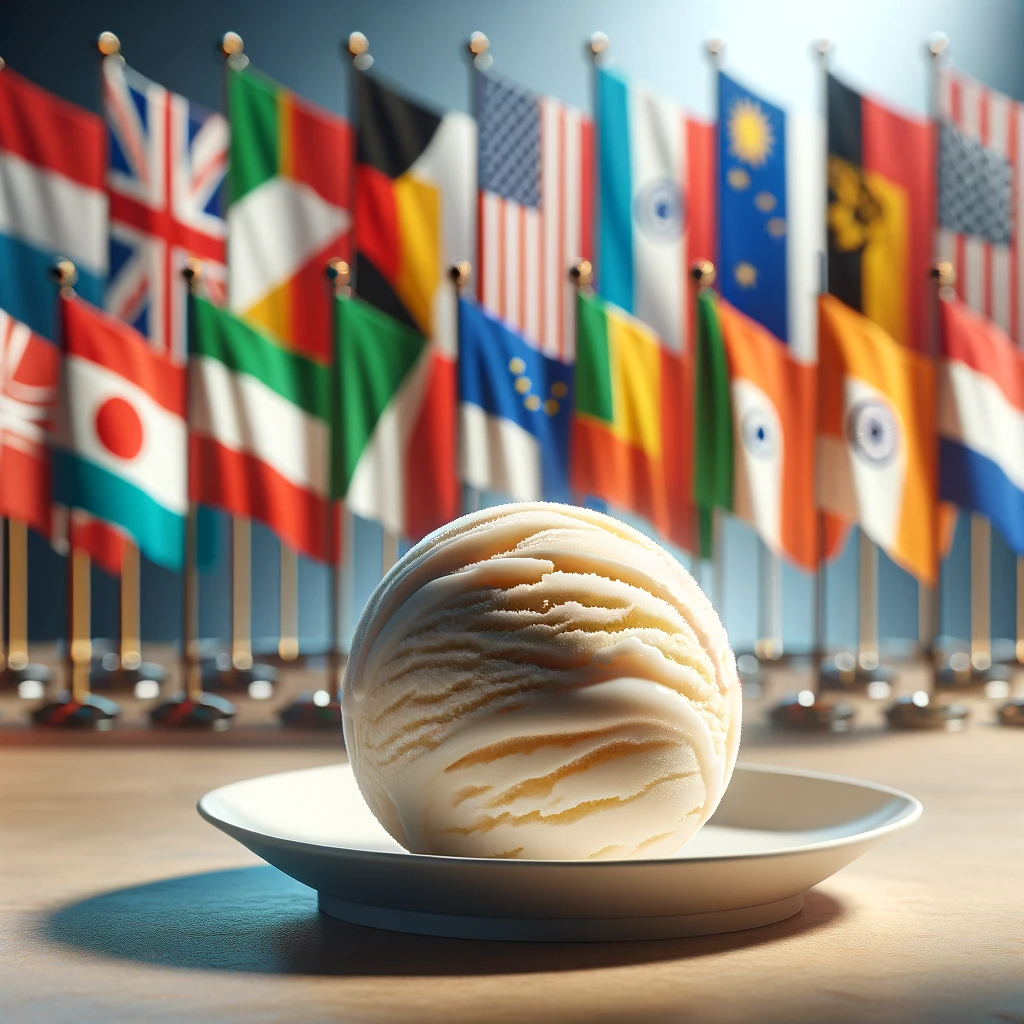
Saying Ice Cream in different languages
Share
The Universal Language of Ice Cream: A Linguistic Tour
Ice cream, a universally beloved treat, transcends cultural and linguistic boundaries. Interestingly, the way people refer to this frozen dessert varies across the globe, reflecting diverse linguistic traditions.
1. Introduction
The love for ice cream is a global phenomenon, but the way it's named differs in various languages. This diversity not only highlights the universal appeal of the dessert but also the unique linguistic identities of different regions.
2. European Languages
In many European languages, the term for ice cream is derived from the Latin words 'glacies' (ice) and 'crema' (cream). For instance, in Italian, it's called 'gelato,' a word that has gained international recognition. This term emphasizes the creamy texture and is synonymous with Italian-style ice cream. In Spanish, it's known as 'helado,' and in Portuguese, it’s 'sorvete.'
French, known for its culinary finesse, refers to ice cream as 'glace.' This term is elegant in its simplicity, directly relating to the icy nature of the dessert. German takes a more descriptive approach with 'Eiscreme' or simply 'Eis,' literally translating to 'ice cream.'
3. Asian Languages
In Asian languages, the naming of ice cream often incorporates local cultural elements. In Mandarin Chinese, it's called '冰淇淋' (bīngqílín), a phonetic adaptation that also reflects the chilly nature of the dessert. In Japanese, ice cream is 'アイスクリーム' (aisukurīmu), borrowed directly from English and adapted to the Japanese phonetic system.
Hindi, one of the many languages spoken in India, uses 'आइस क्रीम' (āis krīm), also a direct adaptation from English. In contrast, Korean uses a unique term, '아이스크림' (aiseukeurim), which is a transliteration of the English phrase.
4. Middle Eastern and African Languages
In Arabic, a language spoken widely in the Middle East and North Africa, ice cream is known as 'بوظة' (booza) in some regions, a word with ancient roots and a nod to the traditional methods of making ice cream in the Arab world. In Hebrew, it's referred to as 'גלידה' (glidah), a term that conveys the smoothness of the dessert.
In Swahili, a language spoken in several African countries, ice cream is called 'aisikirimu,' a direct borrowing from English, reflecting the language's historical interactions with English-speaking cultures.
5. Scandinavian and Slavic Languages
In Scandinavian languages, the terms for ice cream are quite descriptive. For example, in Swedish, it's called 'glass,' and in Danish and Norwegian, it's 'is,' alluding to the icy characteristic of the treat. In Russian, ice cream is known as 'мороженое' (morozhenoye), deriving from the word for 'frost.'
In exploring the various names for ice cream across languages, we see not just a culinary staple but a reflection of cultural and linguistic diversity. From 'gelato' in Italian to 'bīngqílín' in Mandarin, the myriad of terms for ice cream illustrates how a simple dessert can be interwoven into the fabric of different cultures. This linguistic journey reaffirms that while we may speak in different tongues, our love for the sweet, creamy delights of ice cream is a shared human experience, transcending language barriers. As we savor our favorite flavors, we're reminded of the sweet connections that bind us in our global village.
